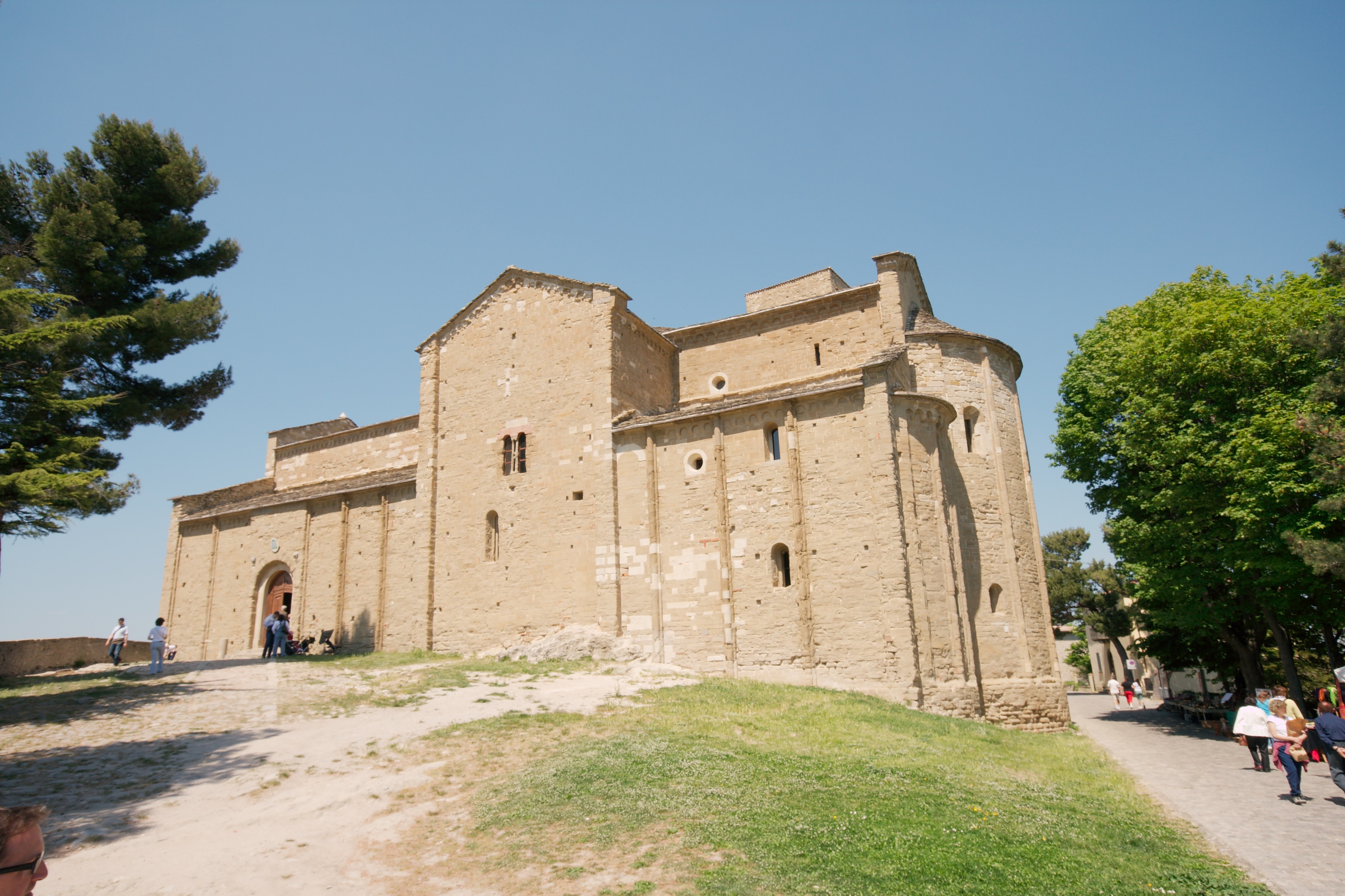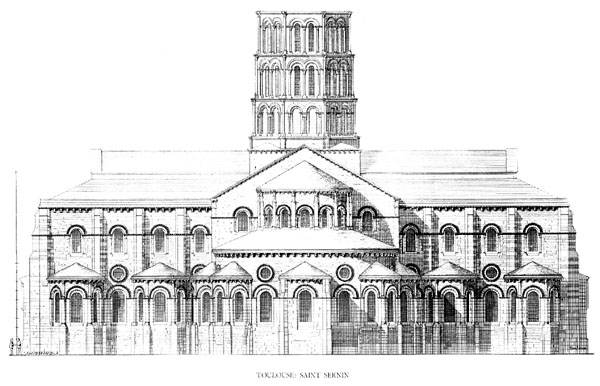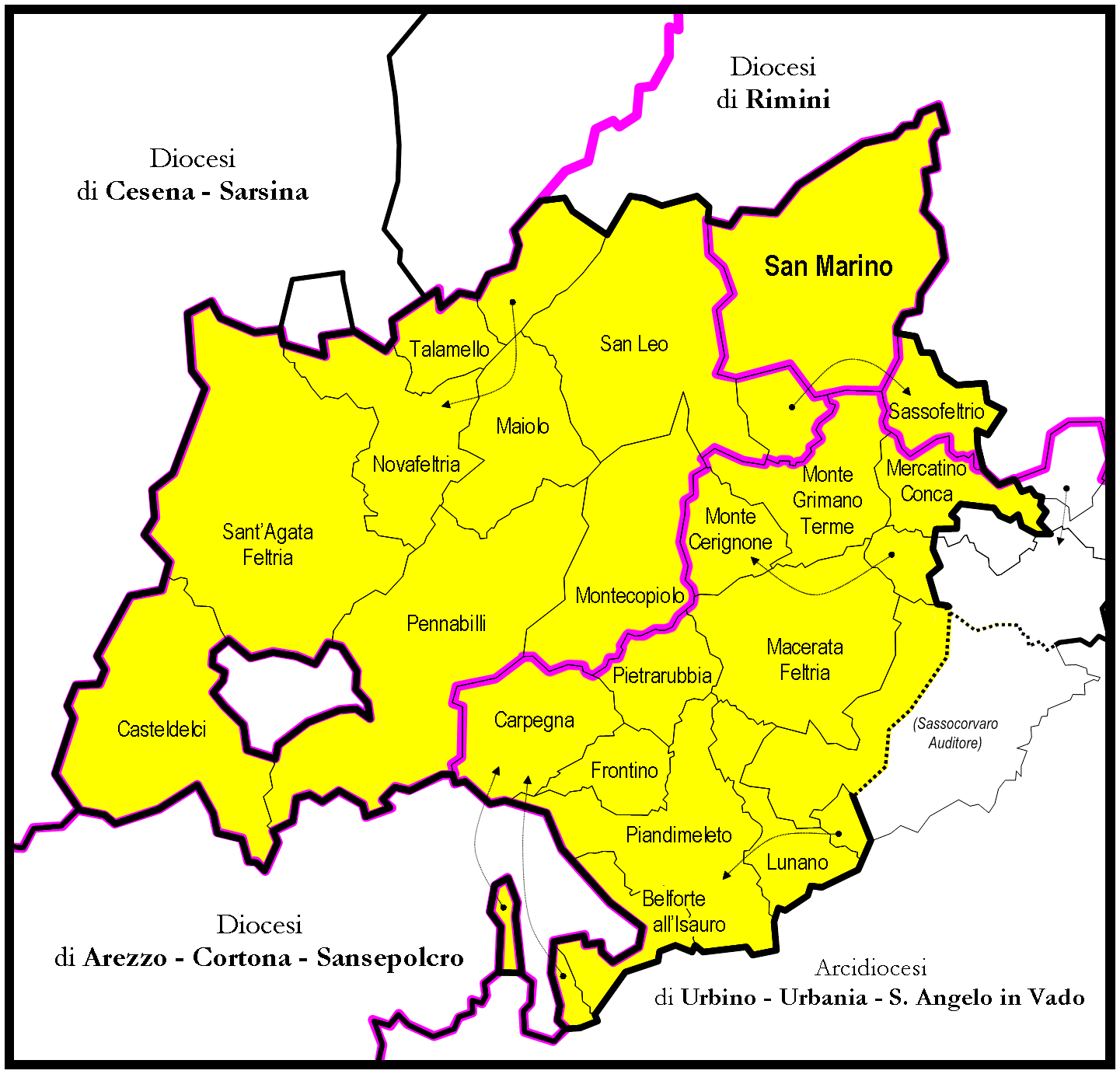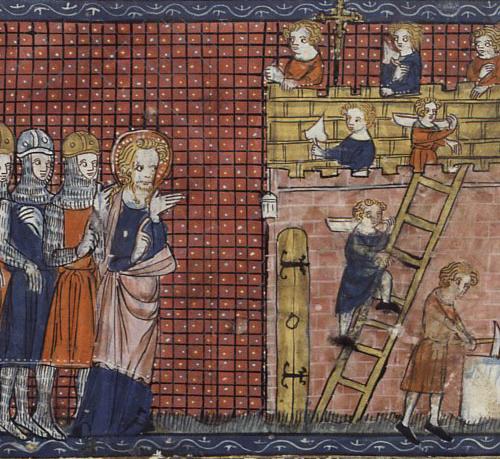|
San Leo Cathedral
San Leo Cathedral ( it, Duomo di San Leo) is the Romanesque cathedral of San Leo, a municipality in the province of Rimini, region of Emilia-Romagna, Italy. History A church was established on the site in the 7th century when the town became the seat of the diocese of Montefeltro. It was dedicated to Saint Leo or Leone, a local hermit. In the 12th century, a new cathedral was erected, with an inscription still in the church dating its reconsecration to 1173. The cathedral holds the relics of Saint Leo. The entrance portal has two busts of Saints Leo and Valentino. A number of the capitals Capital may refer to: Common uses * Capital city, a municipality of primary status ** List of national capital cities * Capital letter, an upper-case letter Economics and social sciences * Capital (economics), the durable produced goods used fo ... have Romanesque carvings. [...More Info...] [...Related Items...] OR: [Wikipedia] [Google] [Baidu] |
Romanesque Architecture
Romanesque architecture is an architectural style of medieval Europe characterized by semi-circular arches. There is no consensus for the beginning date of the Romanesque style, with proposals ranging from the 6th to the 11th century, this later date being the most commonly held. In the 12th century it developed into the Gothic style, marked by pointed arches. Examples of Romanesque architecture can be found across the continent, making it the first pan-European architectural style since Imperial Roman architecture. The Romanesque style in England and Sicily is traditionally referred to as Norman architecture. Combining features of ancient Roman and Byzantine buildings and other local traditions, Romanesque architecture is known by its massive quality, thick walls, round arches, sturdy pillars, barrel vaults, large towers and decorative arcading. Each building has clearly defined forms, frequently of very regular, symmetrical plan; the overall appearance is one of simpli ... [...More Info...] [...Related Items...] OR: [Wikipedia] [Google] [Baidu] |
San Leo
San Leo ( rgn, San Lé) is a ''comune'' (municipality) in the Province of Rimini in the Italian region Emilia-Romagna, located about southeast of Bologna and about southwest of Rimini. Geography San Leo borders the following municipalities: Acquaviva (San Marino), Chiesanuova (San Marino), Città di San Marino (San Marino), Maiolo, Montecopiolo, Monte Grimano, Novafeltria, Sassofeltrio, Torriana, Verucchio. San Leo is home to a large fortress at an elevation of above sea level. The San Leo Cathedral is a Romanesque architecture church in town. History After the referendum of 17 and 18 December 2006, San Leo was detached from the Province of Pesaro and Urbino (Marche) to join Emilia-Romagna and the Province of Rimini on 15 August 2009. on " [...More Info...] [...Related Items...] OR: [Wikipedia] [Google] [Baidu] |
Province Of Rimini
The province of Rimini ( it, provincia di Rimini) is a province in the Emilia-Romagna region of Italy. The provincial capital is the eponymous city of Rimini. The province borders the independent Republic of San Marino. As of 2019, the province has a population of 339,437 inhabitants over an area of , giving it a population density of 357 inhabitants per square kilometre. The built-up urban area of Rimini had a population of 147,578 inhabitants within city limits. There are 26 '' comuni'' (singular: '' comune'') in the province. History Rimini was founded in 268 BCE as a Latin colony and was connected to both the Via Flaminia to Rome and the Via Emilia to Piacenza. It became an Augustan colony and after the 476 fall of Rome, it joined a Byzantine confederation containing a number of cities along the coast of Marche. Following this, it was under papal rule for many years until it became a commune in the eleventh century. It was ruled by the family of Guelph Malatesta unt ... [...More Info...] [...Related Items...] OR: [Wikipedia] [Google] [Baidu] |
Emilia-Romagna
egl, Emigliàn (man) egl, Emiglièna (woman) rgn, Rumagnòl (man) rgn, Rumagnòla (woman) it, Emiliano (man) it, Emiliana (woman) or it, Romagnolo (man) it, Romagnola (woman) , population_note = , population_blank1_title = , population_blank1 = , demographics_type1 = , demographics1_footnotes = , demographics1_title1 = , demographics1_info1 = , demographics1_title2 = , demographics1_info2 = , demographics1_title3 = , demographics1_info3 = , timezone1 = CET , utc_offset1 = +1 , timezone1_DST = CEST , utc_offset1_DST = +2 , postal_code_type = , postal_code = , area_code_type = ISO 3166 code , area_code = IT-45 , blank_name_sec1 = GDP (nominal) , blank_info_s ... [...More Info...] [...Related Items...] OR: [Wikipedia] [Google] [Baidu] |
Diocese Of Montefeltro
The Italian Catholic Diocese of San Marino-Montefeltro was until 1977 the historic Diocese of Montefeltro. It is a Latin suffragan of the Archdiocese of Ravenna-Cervia."Roman Catholic Diocese of San Marino-Montefeltro" '' Catholic-Hierarchy.org''. David M. Cheney. Retrieved February 29, 2016"Diocese of San Marino-Montefeltro" ''GCatholic.org''. Gabriel Chow. Retrieved February 29, 2016 The current diocese includes all the [...More Info...] [...Related Items...] OR: [Wikipedia] [Google] [Baidu] |
Leo Of Montefeltro
Saint Leo of Montefeltro (c. 275–366) otherwise Leone of Montefeltro ( it, San Leo di Montefeltro, San Leone di Montefeltro) was the first bishop of Montefeltro from 301. He is traditionally held to have been in origin a stonecutter from Dalmatia Dalmatia (; hr, Dalmacija ; it, Dalmazia; see names in other languages) is one of the four historical regions of Croatia, alongside Croatia proper, Slavonia, and Istria. Dalmatia is a narrow belt of the east shore of the Adriatic Sea, stre .... He is venerated as a saint by the Roman Catholic church. His feast day is 1 August. References 270s births 366 deaths 4th-century bishops in Roman Dalmatia Bishops of Montefeltro Saints from Roman Italy 4th-century Christian saints {{Italy-RC-bishop-stub ... [...More Info...] [...Related Items...] OR: [Wikipedia] [Google] [Baidu] |
Saint Valentine
Saint Valentine ( it, San Valentino; la, Valentinus) was a 3rd-century Roman saint, commemorated in Western Christianity on February 14 and in Eastern Orthodoxy on July 6. From the High Middle Ages, his Saints' Day has been associated with a tradition of courtly love. He is also a patron saint of Terni, asthma and beekeepers. Saint Valentine was a clergymaneither a priest or a bishopin the Roman Empire who ministered to persecuted Christians.. He was martyred and his body buried at a Christian cemetery on the Via Flaminia on February 14, which has been observed as the Feast of Saint Valentine (Saint Valentine's Day) since at least the eighth century. Relics of him were kept in the Church and Catacombs of San Valentino in Rome, which "remained an important pilgrim site throughout the Middle Ages until the relics of St. Valentine were transferred to the church of Santa Prassede during the pontificate of Nicholas IV". His skull, crowned with flowers, is exhibited in the Basil ... [...More Info...] [...Related Items...] OR: [Wikipedia] [Google] [Baidu] |
Capital (architecture)
In architecture the capital (from the Latin ''caput'', or "head") or chapiter forms the topmost member of a column (or a pilaster). It mediates between the column and the load thrusting down upon it, broadening the area of the column's supporting surface. The capital, projecting on each side as it rises to support the abacus, joins the usually square abacus and the usually circular shaft of the column. The capital may be convex, as in the Doric order; concave, as in the inverted bell of the Corinthian order; or scrolling out, as in the Ionic order. These form the three principal types on which all capitals in the classical tradition are based. The Composite order established in the 16th century on a hint from the Arch of Titus, adds Ionic volutes to Corinthian acanthus leaves. From the highly visible position it occupies in all colonnaded monumental buildings, the capital is often selected for ornamentation; and is often the clearest indicator of the architectu ... [...More Info...] [...Related Items...] OR: [Wikipedia] [Google] [Baidu] |
Roman Catholic Cathedrals In Italy
Roman or Romans most often refers to: *Rome, the capital city of Italy *Ancient Rome, Roman civilization from 8th century BC to 5th century AD *Roman people, the people of ancient Rome *''Epistle to the Romans'', shortened to ''Romans'', a letter in the New Testament of the Christian Bible Roman or Romans may also refer to: Arts and entertainment Music *Romans (band), a Japanese pop group * ''Roman'' (album), by Sound Horizon, 2006 * ''Roman'' (EP), by Teen Top, 2011 *"Roman (My Dear Boy)", a 2004 single by Morning Musume Film and television *Film Roman, an American animation studio * ''Roman'' (film), a 2006 American suspense-horror film * ''Romans'' (2013 film), an Indian Malayalam comedy film * ''Romans'' (2017 film), a British drama film * ''The Romans'' (''Doctor Who''), a serial in British TV series People *Roman (given name), a given name, including a list of people and fictional characters *Roman (surname), including a list of people named Roman or Romans *Ῥωμαῖ ... [...More Info...] [...Related Items...] OR: [Wikipedia] [Google] [Baidu] |
Churches In The Province Of Rimini
Church may refer to: Religion * Church (building), a building for Christian religious activities * Church (congregation), a local congregation of a Christian denomination * Church service, a formalized period of Christian communal worship * Christian denomination, a Christian organization with distinct doctrine and practice * Christian Church, either the collective body of all Christian believers, or early Christianity Places United Kingdom * Church (Liverpool ward), a Liverpool City Council ward * Church (Reading ward), a Reading Borough Council ward * Church (Sefton ward), a Metropolitan Borough of Sefton ward * Church, Lancashire, England United States * Church, Iowa, an unincorporated community * Church Lake, a lake in Minnesota Arts, entertainment, and media * ''Church magazine'', a pastoral theology magazine published by the National Pastoral Life Center Fictional entities * Church (''Red vs. Blue''), a fictional character in the video web series ''Red vs. Blue'' * Ch ... [...More Info...] [...Related Items...] OR: [Wikipedia] [Google] [Baidu] |
12th-century Roman Catholic Church Buildings In Italy
1 (one, unit, unity) is a number representing a single or the only entity. 1 is also a numerical digit and represents a single unit of counting or measurement. For example, a line segment of ''unit length'' is a line segment of length 1. In conventions of sign where zero is considered neither positive nor negative, 1 is the first and smallest positive integer. It is also sometimes considered the first of the infinite sequence of natural numbers, followed by 2, although by other definitions 1 is the second natural number, following 0. The fundamental mathematical property of 1 is to be a multiplicative identity, meaning that any number multiplied by 1 equals the same number. Most if not all properties of 1 can be deduced from this. In advanced mathematics, a multiplicative identity is often denoted 1, even if it is not a number. 1 is by convention not considered a prime number; this was not universally accepted until the mid-20th century. Additionally, 1 is the ... [...More Info...] [...Related Items...] OR: [Wikipedia] [Google] [Baidu] |








